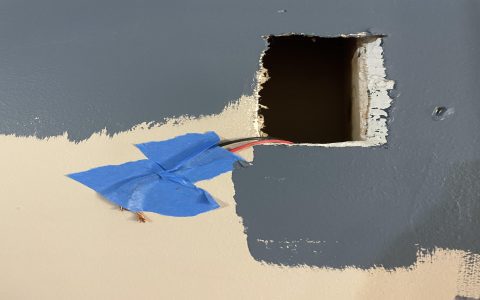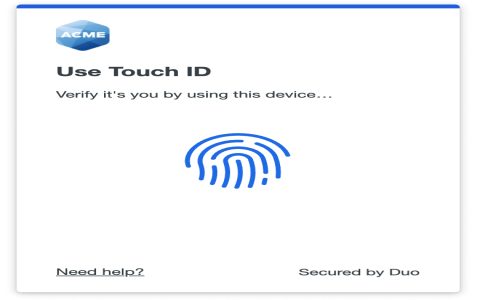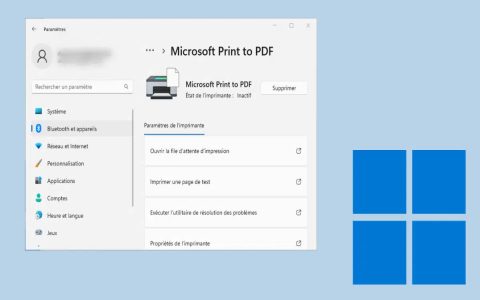Splicing speaker wire effectively ensures reliable connections for your audio setup. Focus on safety and durability using these common methods:
Essential Preparation
- Power Off: Always disconnect the amplifier/receiver from AC power before starting.
- Clean Wire: Ensure bare wire ends are shiny and free of oxidation or debris.
- Secure Ends: Strip approximately 3/4 inch (19mm) of insulation off each wire end, preventing fraying.
Common Splicing Methods
1. Soldering (Most Durable)
- Prep: Twist wire strands tightly together.
- Heat & Flow: Touch the soldering iron tip to the wire junction, then apply solder until it flows into the joint. Avoid cold joints.
- Protect: Insulate the exposed connection completely using heat shrink tubing (applied before soldering) or quality electrical tape.
- Pro: Highly reliable, low-resistance connection.
- Con: Requires soldering equipment and skill.
2. Crimping Butt Connectors (Quick & Secure)
- Insert: Slide identical wire ends into opposite sides of a heat shrink butt connector or closed-end crimp connector.
- Crimp: Use a properly sized wire crimping tool. Crimp firmly over the metal barrel section within the connector.
- Seal (if applicable): Apply heat to heat shrink connectors for a waterproof seal.
- Pro: Fast, strong, mechanically sound, good environmental protection.
- Con: Requires specific crimping tool; poorly crimped joints fail.
3. Twist-On Wire Connectors (Fastest)
- Twist: Hold stripped wire ends parallel. Twist them tightly together clockwise.
- Cap: Screw a properly sized wire connector (e.g., wire nut) clockwise onto the twisted wires until tight.
- Tug Test: Firmly pull each wire to ensure it's securely held.
- Insulate: Ensure no bare metal is exposed; add electrical tape if necessary.
- Pro: Extremely quick, tool-free (besides strippers).
- Con: Least durable mechanically; not ideal for installations subject to tension or vibration.
Universal Best Practices
- Polarity Matters: Maintain consistent polarity (positive to positive, negative to negative) throughout the splice.
- Avoid Shorts: Ensure the splice is completely insulated and no stray strands connect positive to negative.
- Strain Relief: If possible, secure the wires near the splice to prevent pulling on the connection itself.
- Test: After reconnecting power, perform a basic audio test at low volume to ensure the connection works correctly before securing wires.








